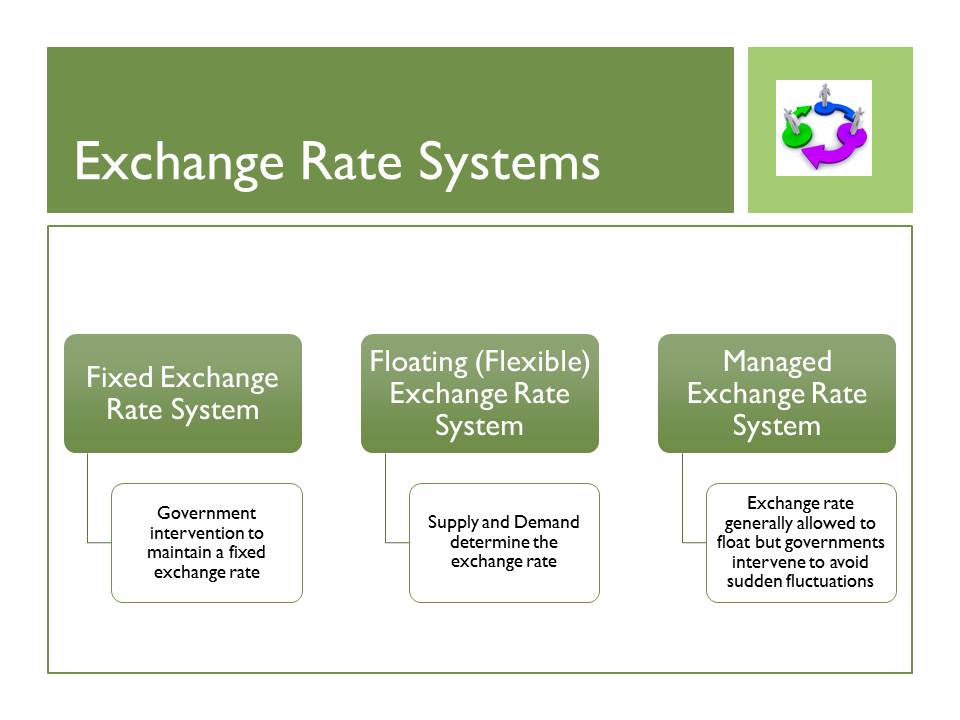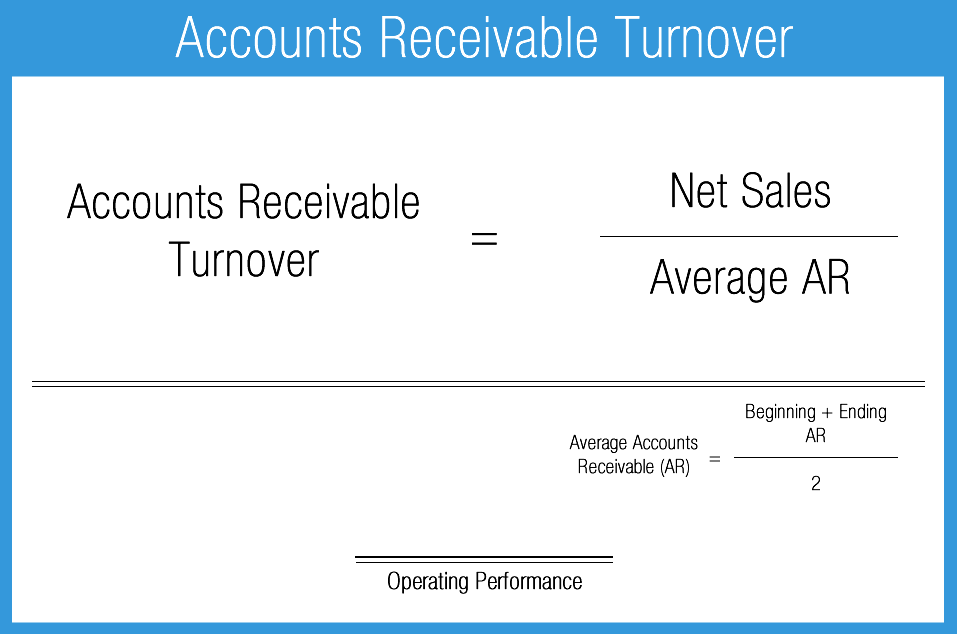Contents:

IBPS provides its service to all Public Sector Banks, SBI, RBI, NABARD and IDBI which are regular members of the IBPS society. In addition Regional Rural Banks, SIDBI, LIC & General Insurance companies, Co-operative Banks, many Public Sector Undertakings in Non-financial sectors, Government Departments, State owned companies and Corporations also avail its services. Some major universities and reputed Management institutes engage IBPS regularly for conduct of their “Admission Tests”. Bonds issued by corporates and the Government of India can be traded within the secondary market. A certificate of participation is a type of financing where an investor purchases a share of the lease revenues of a program rather than the bond being secured by those revenues.

“The biggest advantage is our portfolio does not get reduced even after selling the PSLCs,” managing director Chandra Shekhar Ghosh said. “The introduction of PSLCs in the early part of fiscal 2017 is estimated to have had a negative impact on both securitisation and inter-bank participation certificate volumes. Given their ease of purchase and absence of risk transfer, PSLCs quickly gained currency,” Crisil said in a study.
While the ibpc certificate is exploring ways and means to achieve this, the potential risk of regulatory strictures continues. Any other form of regulatory directive which impacts business operations will remain a key rating sensitivity factor. It had positively matched asset-liability maturity profile over the next 12 months as of September 30, 2019. Additionally, about 60% of the loan portfolio is parked in microfinance which are shorter tenure loans of months. This will be marginally offset by Gruh’s portfolio which comprises longer tenure assets.
How do you write a certificate of participation?
At present the domestic and foreign banks are having different priority sector lending targets. In the PSLC market, the banks deficient in priority sector lending target can buy certificates to compensate for their shortfall in lending. Importantly, the loans would still be on the books of the original lender, and the deficient bank would only be buying a right to undershoot its priority sector-lending requirement/target by the amount of the certificate. The share of CASA deposits stood at 34.3% (35.2% excluding Gruh term deposits) of total deposits as on December 31, 2019. Being based in West Bengal for nearly two decades, a large chunk of these deposits is from East India. CRISIL notes that Bandhan offers higher interest than many other large private banks for both savings account balance of more than Rs 1 lakh as well as retail term deposits of more than 6 months tenure.

Bankers feel this transfer will assist them meet the target for priority sector lending . The priority sector loans of public sector banks act because the underlying belongings for the IBPCs. Currently, non-public sector and international banks are unable to meet the precedence sector lending goal as they don’t have a lot of a presence in rural and semi-urban areas. In banking parlance, this arrangement is known as inter-bank participation certificate . With regard to investments made in Nabard, investments within the particular bonds issued by Nabard shall not be eligible for classification underneath precedence sector lending with effect from April 1, 2007. Reserve Bank of India has permitted foreign banks and private sector banks to treat their investments in interbank participatory certificate to treat it as direct lending to the priority sector.
Know Your Customer (KYC) Norms and Anti-Money Laundering (AML) Standards
We have only received Rs 200 crore and Rs 127 crore from private banks and foreign banks respectively this year. These banks have not opted for the priority sector bonds issued by Nabard and Sidbi as funds are locked in for 3 to 4 years and the paper yields a return of 8 per cent. According to the Reserve Bank guidelines, banks have to lend 40 per cent of their total credit disbursements to priority sector or invest in priority sector bonds. The recently amalgamated Gruh business has also demonstrated its ability to maintain healthy asset quality over business cycles as gross NPAs have been lower than the industry average over the past few years. As on June 30, 2019, gross NPAs and two-year lagged gross NPAs stood at 0.95% and 1.23%, respectively, for Gruh. Asset quality is supported by Gruh’s robust underwriting and recovery processes developed on the basis of its strong business understanding which has emanated over its track record of three decades in this segment.
Thailand to relax entry rules for tourists as war hits arrivals – The Peninsula
Thailand to relax entry rules for tourists as war hits arrivals.
Posted: Wed, 16 Mar 2022 07:00:00 GMT [source]
Due to one or the other reasons, most of the banks finds difficult in achieving the benchmarks stipulated by Reserve Bank of India under PSL. We all know that resources available to the banks are not uniform everywhere and expecting everyone to achieve the uniform benchmarks under priority sector lending resulting in shortfall in achieving PSL targets. Issue and purchase mechanisms of PSLCs are very good opportunity for the banks not only in achieving the targets under PSL but, very good fee based income to the seller banks which ultimately increases the profitability to the banks. Bandhan is the largest player in the micro loan industry with segmental advances of Rs 40,100 crore as on December 31, 2019 (up 29.7% from a year earlier).
Long-time period debt-based mostly monetary instruments final for greater than a year. Once upon a time Priority sectors Lending was considered as neglected sectors of economy. It is well known fact that these sectors contribute a lot for the growth of an economy.
Banks lap up priority sector lending certificates for meeting priority lending targets
“Overnight, the inter bank lines would stop, the letters of credit and the bank guarantees will no longer be accepted, the refinancing of our bonds under the MTN programme would not be possible,” he explained. As per RBI guidelines, a bank must maintain a total capital adequacy ratio of at least 9% of its risk-weighted assets , including a 7% Tier I capital ratio. Further, banks are required to park 50 per cent of their shortfall in priority sector lending with Sidbi and Nabard or invest in the bonds issued by these institutions. The buyer will pay a ‘price/fee’ to the seller bank for purchasing a specified amount of PSL obligation applicable for a particular date. The Foreign banks may not have the branch infrastructure to provide agricultural credit.

Over the years, Bandhan has raised over Rs 5,000 crore of capital through various routes such as preferential allotment and rights issue from mutual funds, foreign investors, and domestic corporates. The reported CAR of 24.7% as of December 31, 2019 excludes the nine monthly profit, including that ‘ the overall CAR stands at 29.5% on that date. The accumulated networth was 29.9 times the bank’s net NPAs as on December 31, 2019, and has historically been high. Nonetheless, Bandhan’s financial risk profile remains healthy reflected in the strong profitability metrics the bank has reported over the years. Even post amalgamation with Gruh, the return on managed assets was strong at 4.7% for nine months ended December 31, 2019, compared with 3.9% for fiscal 2019.
Equitas could raise a few thousand crore more by selling those loans to banks using IBPC to unlock capital, boost growth and improve profitability. Public sector lender Bank of India sold loans worth Rs 8,000 crore to various banks under the Inter Bank Participation Certificates scheme, preempting a capital crunch following the Reserve Bank of India’s cleanup drive, MD & CEO Melwyn Rego told FE. Bandhan Bank, with about 90% of their Rs 21,400-crore loan portfolio being contributed by micro loans, has sold loans worth Rs 1,000 crore using PSLCs in the past two quarters.
Access or use of this Report does not create a client relationship between CRISIL and the user. As per RBI guidelines, Bandhan Financial Holdings Ltd was required to reduce its shareholding in the bank to 40% within three years from the date of commencement of operations as a bank, that is by August 2018. BFHL is also required to reduce its shareholding to 20% and 15% within 10 years and 12 years, respectively, from the date of commencement of operations as a bank. To achieve this objective and as the first step to reduce promoter shareholding, the bank acquired Gruh. Subsequently, the promoter stake reduced to about 61% as on September 30, 2019, from 82% earlier. This uplifting is subject to the condition that the Bank ensures that at least 25 % of the total number of ”Banking Outlets” opened during a financial year , are in unbanked rural centres.
It also incentivises https://1investing.in/s having surplus in their lending to priority sector categories by way of earning premium on selling the PSLC,” said Sumit Gupta, YES Bank’s national head for business & rural banking. Bandhan has a competitive advantage of reach and local knowledge in the microfinance sector, especially in East and North-East India, which constituted around 86% of its loan portfolio as of March 31, 2019. As per the bank’s management, penetration measured as active borrower-to-state’s population ratio – stood at 9.5% for Tamil Nadu and 5.9% for West Bengal, reflecting scope for growth in West Bengal.
- Being based in West Bengal for nearly two decades, a large chunk of these deposits is from East India.
- Bandhan’s networth of Rs 14,718 crore and tier I capital adequacy ratio of 23% as on December 31, 2019, are a result of frequent capital raising and healthy internal accrual.
- A strong track record of growth, culture of innovation and global footprint sets us apart.
Consumers should buy into money market funds at collaborating banks, mutual fund firms, or brokerage homes. Instead of depositing cash into an account, traders purchase and promote fund shares or models. A cash market fund allows the investor to earn interest on money reserves inside a portfolio—the stray cash left over from transactions, or money held until it can be invested in different devices. COPs are also used as credit devices by banks to lift funds from different banks in order to ease liquidity. Short-time period funds are raised by issuing participation certificates which involve sharing credit score property with other banks. The price at which these certificates can be issued shall be negotiable relying on the rate of interest scenario.
Gross NPAs remained below 2% for the past few years, including the demonetisation period. As on June 30, 2019, the gross NPAs stood at 2.02% including the bank’s exposure of Rs 388 crore to IL&FS. The exposure to IL&FS has been fully provided for by the bank as of September 30, 2019. Adequate ground level control and detailed operational checks are key contributors to stability in asset quality in the micro loan segment, despite the high ticket size. Being in the microfinance sector for nearly two decades and based in West Bengal, Bandhan enjoys strong brand equity in East and North-East India and has developed good understanding of borrowers’ requirements.


